“System change, not climate change!” goes the current slogan of the global climate movement. It means that action to force down carbon emissions must occur right across global society, encompassing every aspect of economic activity and lifestyle in every country.
It is this scale of change that Ireland's Green Party is seeking, as it negotiates with Fine Gael and Fianna Fáil to form a government. If the three parties reach a deal, then the Greens' success in these negotiations will be measured by the extent to which system change is embraced by the resulting administration.
Their strategy goes far beyond keep cups and bamboo toothbrushes; nor is it about the headline concessions typically thrown by bigger parties in the direction of the potential junior coalition players.
The Green Party wants a 7 per cent cut in carbon emissions per year, averaged over the next decade – one of 17 demands the party published prior to entering talks.
They are demanding system change, to satisfy both the wider environmental movement and their own core membership, including a growing band of assertive young Greens. If they can't forge a programme for government that includes this, they will walk away – knowing they sought what science says is required to address the interrelated threats of accelerating climate disruption and biosphere deterioration.
That 7 per cent emissions cut is not just a Green Party demand; it's also a global requirement in line with the Paris Agreement which Ireland signed up to
It adds up to an immense task, one that would be hugely challenging during economic “peacetime”, never mind for a government that faces three intertwined crises: one of public health, one of economics and one of the environment. The Greens’ wishlist may yet prove too radical for Fine Gael and Fianna Fáil.
But is it too radical for you? Here are 20 ways Greens in government might alter Irish life – and yours.
1. Transport
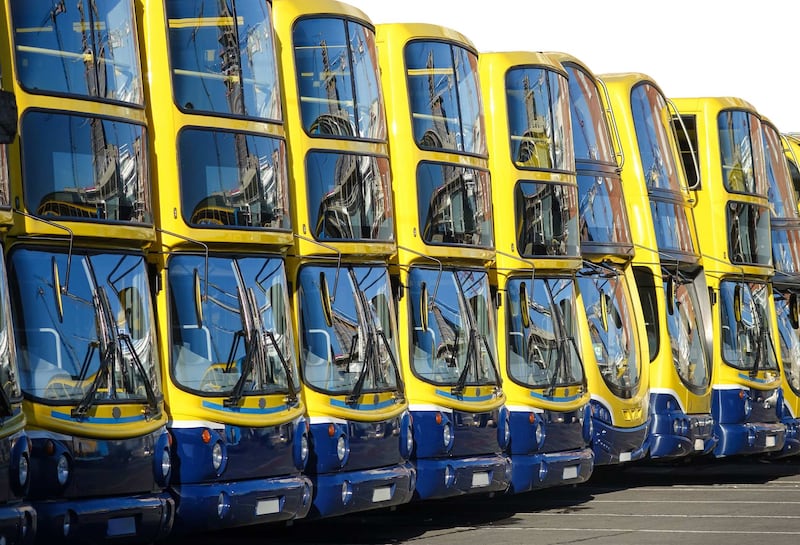
A shift from car dominance to public transport would be one of the far-reaching moves for Greens in government. Putting public transport investment ahead of roads would be facilitated by cheap EU finance separate from the roads budget.
Covid-19 has a trail of tragic consequences, but it has brushed aside old arguments against change, providing an opportunity to reconfigure cityscapes with measures such as freeing up streets at relatively little cost.
In working towards a political deal, the parties are likely to compromise with some roads investment in key regions and retention of major funding for roads maintenance, but the bulk of the funding would go on public transport in urban areas and on choked-up car-commuting routes converging on urban centres.
Public transport users would benefit from increased availability. Urbanscapes would feature quieter vehicles using cleaner fuels – increasingly powered by electricity.
2. Where we work
Imposed working from home and online is helping to solve both a health problem and a commuting problem (with its associated carbon emissions and air pollution). Green government would seek to ensure that temporary trend becomes permanent as far as possible, by actions to end long commutes, people sitting in traffic for hours and ingestion of unacceptably high air pollutants.
3. Quality of city life
Lockdown has also revealed the merits of silence (little traffic) and eased the human-induced stress on nature. It has delivered an opportunity to put measures in place that let cities and towns breathe better: to widen footpaths on main corridors, to extend cycle lanes that abruptly stop, and to re-lay those that become potholed. A big-budget, connected routes and proper protection of both cyclists and pedestrians from vehicular traffic would be a hallmark of a regime involving the Green Party.
4. Era of electric transport

Badly-missed targets for electric vehicles (EVs) have undermined Ireland’s climate-action plans. But this would change if policy gaps and infrastructural weaknesses (eg, a fast-charging network) were properly addressed.
EVs are not the only solution in ending the era of fossil-fuelled vehicles, but they are essential. If the mix could be got right and the government ran to a full term, it would coincide with EVs approaching price parity with petrol and diesel cars. The prospect of cleaner, price-competitive vehicles and much cheaper running costs is within sight.
5. The housing mix
All parties have ambitious house-building targets, and the Greens have a mix of proposals on the table, including building better houses, using targeted levies to reduce vacant sites, and replacing the local property tax with a site value tax.
It’s about increasing supply and making the owning of a property realisable for the worker on an average salary, and empowering renters by providing more long-term certainty with manageable rents for those on low incomes.
To convince green urbanites, housing measures would have to encompass better integration of quality social housing and limit the ability to use housing as a speculative asset.
Scaling up local authority housing and rolling out cheap green mortgages are other goals.
But there are big question marks over what is achievable. For all parties, finding a way out of the housing crisis may be an impossible task but what’s agreed on the issue would largely determine the credibility of “a new social contract” demanded by the Greens.
6. A retrofitting boom
A countrywide programme to begin deep retrofitting some 700,000 houses that are poorly heated and rely on fossil fuels (oil, coal, peat and gas) over the coming decade would cost some €2 billion a year. It could also help lift the country out of deep recession.
Cost per house may average around €30,000 but cheap EU money could make it economically viable for country and householder – a 20-year loan, in effect paid for by fuel savings.
Lack of a skilled workforce and sufficient lead companies are barriers to progress but the Sustainable Energy Authority of Ireland has set out how it can be done to a high-level cross-government taskforce with one-stop shops and enticing packages (including SEAI grants) minimising inconvenience for the householder who would get a snug B2 energy-grade home in return. Energy rating may soon trump location in salability.
To be effective in reducing carbon associated with buildings, a big push on energy efficiency would be also needed – to halt leakage, to seal/insulate draughty buildings and to embrace conservation on a mass scale using digital technology, notably smart meters and connected devices.
7. Decarbonisation
In spite of initial sparring, that 7 per cent emissions cut is not just a Green Party demand; it’s also a global requirement in line with the Paris Agreement which Ireland signed up to, so all parties have an interest in delivering it.
How it is achieved will have to be clarified in any deal that is reached. It is critical to making net-zero carbon by 2050 – a stated national ambition – realisable. Although it has high up-front costs, the Irish citizen benefits eventually in terms of cheaper energy, better health and more sustainable employment.
8. Rise of renewables
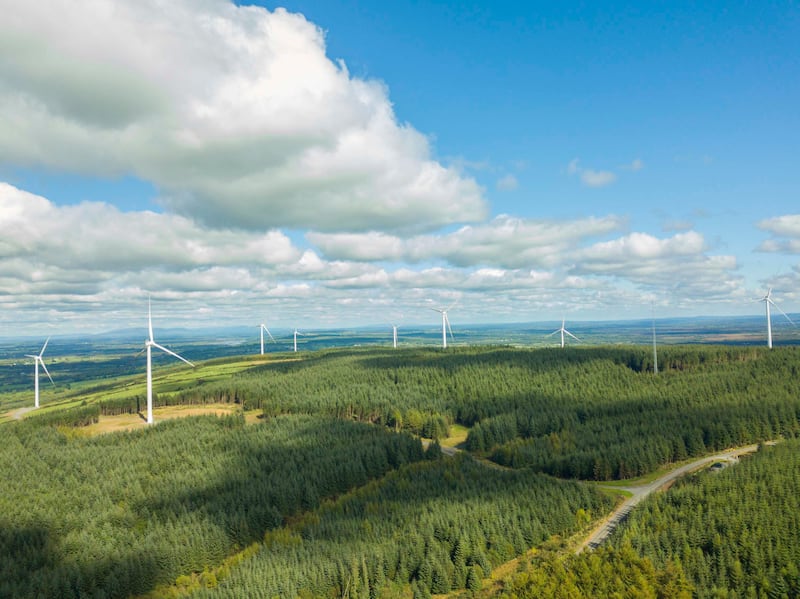
An unambiguous declaration that Ireland is getting out of fossil fuels would send a signal to future investors, including foreign direct investment companies. The big parties have indicated goodwill by agreeing to abandon investment in liquefied natural gas infrastructure.
Energy modellers at the MaREI centre in UCC say, however, that natural gas has to feature for some time to maintain national energy security.
Though some in the Green movement will disagree vehemently, they will probably have to hold their noses and nod approval.
A common position on renewable gases, biofuels including biomethane (generated by anaerobic digestion), hydrogen, sustainable biomass and carbon capture and storage will be needed.
9. Land use plan
Drawing up a national land use plan will arouse little interest among city dwellers, but would be a key element of an Irish green deal. It would be generated in a collaborative way to overcome polarisation.
And much would stem from it: diversification of farming; re-wetting and re-wilding of vast areas of boglands to capture rather than emit carbon; embracing of “close-to-nature afforestation”; and better water quality. It would have the potential to save 7 million tonnes of CO2 a year.
Many senior and influential public servants favour this approach. It would have enormous implications for rural dwellers in how they live and make an income.
10. Redirecting agriculture
Much hinges on what the Greens can get across the line under this heading, in the shape of a balanced deal to be put to party members. The key industries of farming and food production must be sensitively handled, and yet outstanding issues must be faced.
It should help that all parties around the table have a profound understanding of the sector and its place within the national fabric. But only meaningful engagement by all can lead to agreement on this most sensitive issue.
The Greens will seek measures to secure viability for family farms, and rewards for environmental actions aligned to CAP reforms. They will get them, but how it’s all couched with bigger farmers and major food co-ops in mind will require careful management. How carbon credits for climate-sensitive farming are applied in a robust way will be a crunch issue.
11. Dealing with the national herd
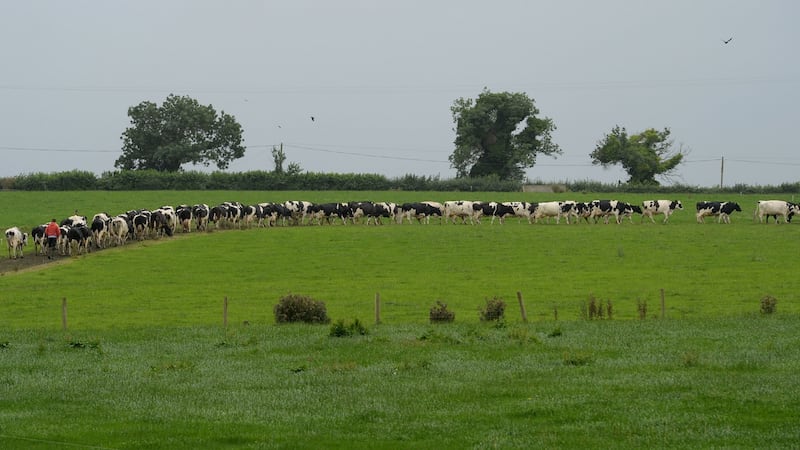
It's the source of much of the food eaten on Irish tables, but habits are changing. Continued expansion of the herd would not be allowed, but crude cuts are not likely either. Marketplace realities (changing diets driven by health and climate concerns) are already tempering expectations. There will be pressure on the sector to deliver on decarbonising, as promised in a roadmap laid out by Teagasc.
Realists in the room will have senior public servant Robert Watt's analysis from 2019 ringing in their ears, notably his suggestion that a 5 per cent reduction in herd numbers would deliver more greenhouse gas emission savings over the next decade than delivery of the entire energy efficiency component of the Government's climate plan.
They know soft pedalling on agriculture means other sectors will have to stomach more costly decarbonisation measures.
Separate targets and better accounting of greenhouse gases (GHGs) in agriculture – methane (from bovines) and nitrous oxide (from fertilisers) – are likely to be realised after prolonged debate.
These targets won’t be a get-out-of-jail card for farmers. Bottom line for Greens: they must not be detrimental to achieving Paris Agreement temperature goals.
12. Rural life support
Pragmatic measures to support rural life may affect a lot fewer people than in urban areas, but they will indicate the Greens’ good faith on reform of agriculture, the lifeblood of the countryside.
13. Arresting biodiversity loss

This is a huge issue for environmentalists, so measures here must be meaningful. It is less about decarbonisation than it is about rebalancing nature.
A Citizens’ Assembly would establish how biodiversity decline might be arrested but much would stem from the national land use plan in how farming is redirected and boglands are restored.
The other essential mechanism on this front is scaling up marine protected areas in Irish waters, which would fulfil the same role offshore, while being tied into monitoring the northeast Atlantic ecosystem.
The associated message would be that Ireland is becoming a genuinely green island (boosting tourism), with sustainable fishing and biodiversity.
14. Energy investment
The energy system can decarbonise by 7 per cent annually but far-reaching actions and massive investment must extend across electricity generation, transport and heating (responsible for two-thirds of Irish greenhouse gas emissions).
Transformative changes in energy technologies, infrastructure and behaviour and a doubling of investment under the climate heading in the national development plan to €40 billion are key ingredients.
How to square that circle at a time of Covid-19-induced economic shock will require deft handling on all sides. Yet MaREI analysis shows “emissions from the energy system can be reduced at this level, and this could bring significant benefits to society, for health and wellbeing, jobs and economic growth at this critical time” while also ending energy poverty.
15. Energy for all
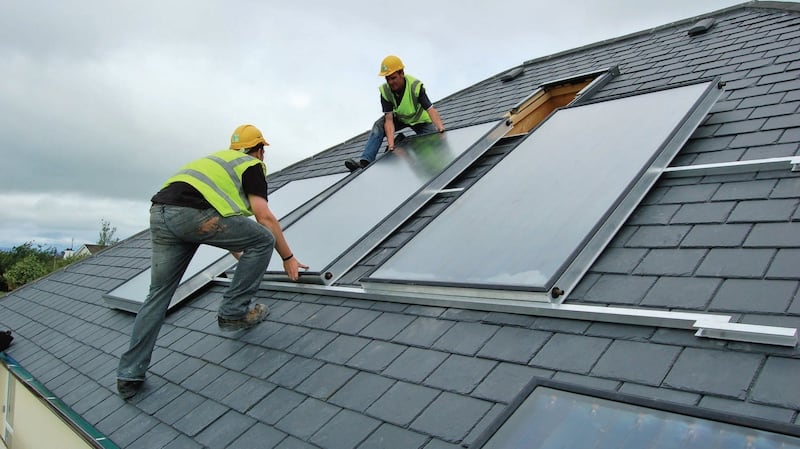
Communities across Ireland will soon be able to get into the renewable energy business by bidding for State contracts for their wind and solar projects to supply green power to the national grid. Small businesses, schools, sports clubs, and farmers will all be able to participate eventually. Rollout would be accelerated under a government including the Greens, with clarity on how roof-top solar panels fit into the mix and commitment to get appropriate solar energy guidelines in place for developers.
16. Offshore wind frontier
Ireland's seas are 10 times greater than its land mass. An opportunity exists for the State for the mass deployment of floating and fixed turbines off the west coast and in the Irish Sea. For coastal communities and strategically-placed harbours – such as Killybegs, Shannon and Cork – servicing that new industry would be an economic boost.
There would be steady onshore wind development but the big change would be offshore, enabling Ireland to become an exporter of power. The Marine Planning and Development Management Bill and fit-for-purpose wind energy guidelines for developers are the unlocking mechanism. Both would be put in place during early months in office.
17. Climate budgets: a new norm
Key elements of the plan would be contained in a revised Climate Act, to be passed within 100 days of taking office. Five-year carbon budgets would have more significance than annual financial budgets. They would clarify what each sector needs to do: the amount of CO2 it can expend.
These would have implications for most workers in the economy in how they do their job, underpinned by adhering to principles of sustainability and participating in the “circular economy”. Green stimulus packages would help businesses to make the transition away from carbon (and to recover from Covid).
18. Rising carbon tax
There will be no agreement without acceptance of a rising carbon tax applied to all fossil fuels. The Greens would stomach €80 per tonne by 2030 (currently €26 per tonne), and would be open-minded on how revenues are used, as long as they support decarbonisation efforts and climate adaptation (Ireland is overdue a 3m storm surge).
19. Aviation tax
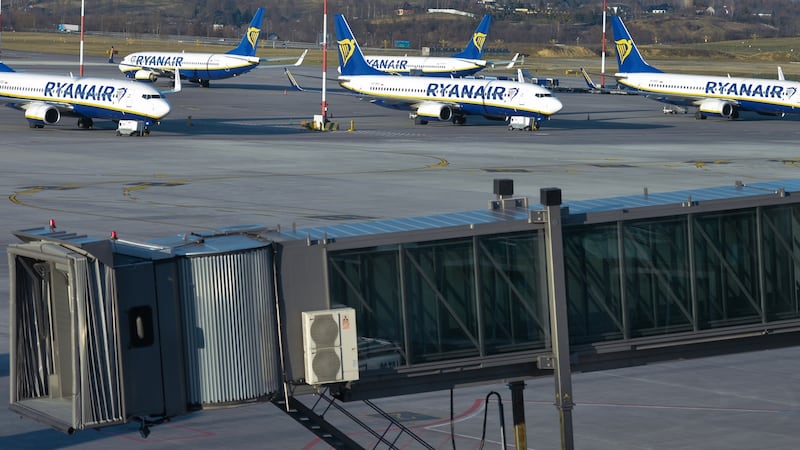
There will be reference to an aviation tax in any programme for government that results from these talks. Ireland would support an EU-imposed tax to push the sector into becoming “Paris Agreement compliant”.
The Greens will ask that rescue packages for airlines come with conditions on climate action: by implication accelerating the development of synthetic fuels/biofuels – ie, a weaning off fossil fuels.
All told, holiday flights when they resume in earnest will be discernibly more expensive – initial offers aside.
20. A ‘just transition’
This is a key concept for the Greens: the idea is that no person or region is left behind, and that no human rights are infringed, by the pace of change. Green Party leader Eamon Ryan has already laid down the marker: "A just transition is central to our approach to ensure all regions and sectors can engage with innovative, progressive practices to encourage compliance as we work towards a net-zero carbon target by 2050 as outlined in the European Green Deal."



















